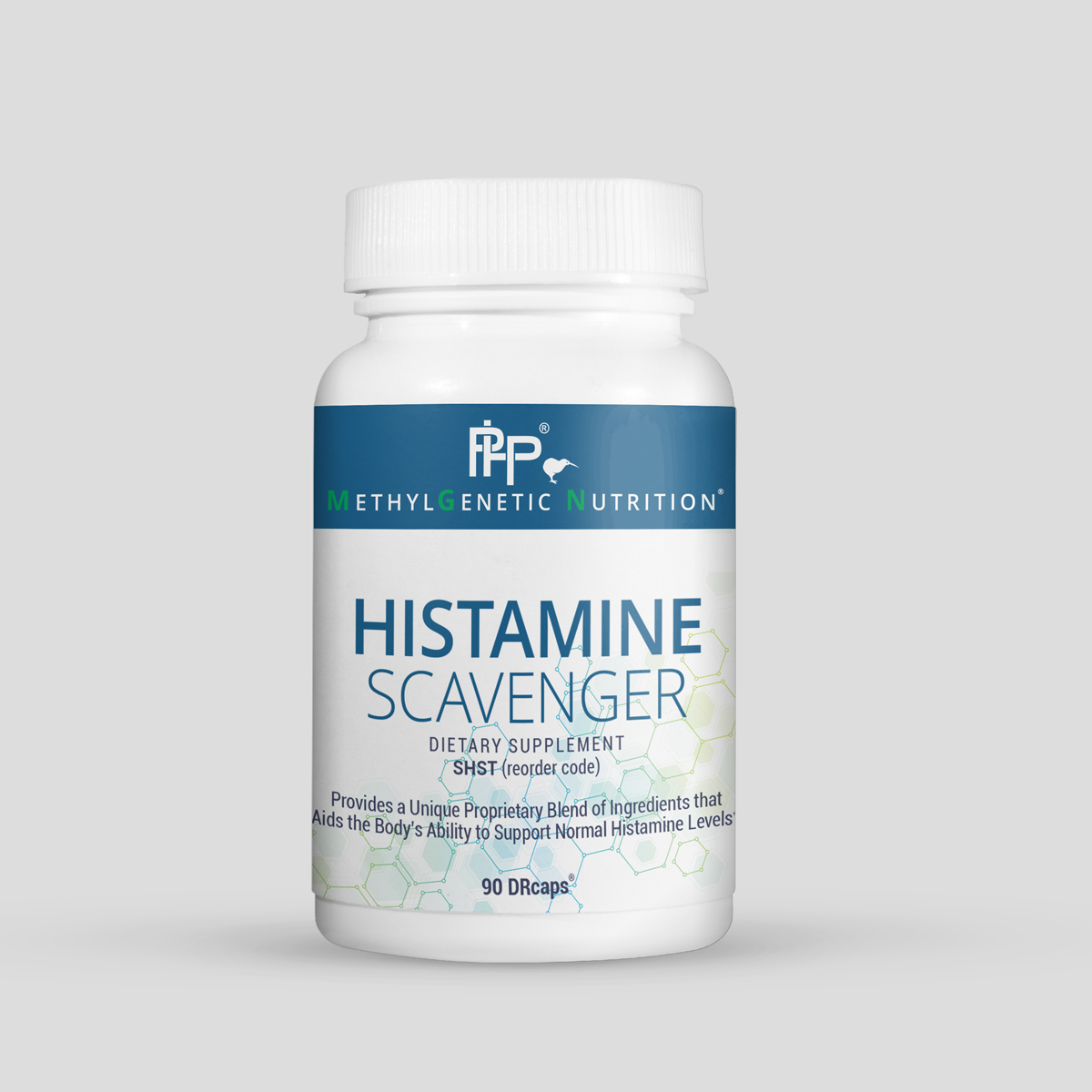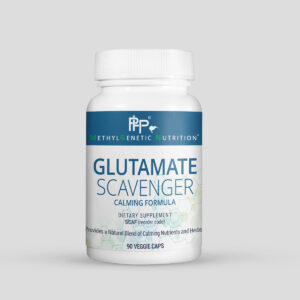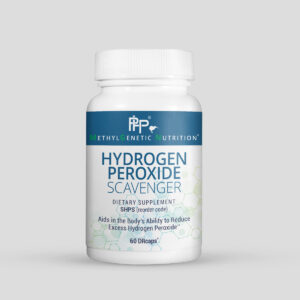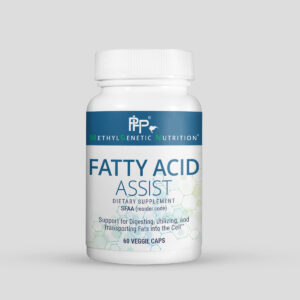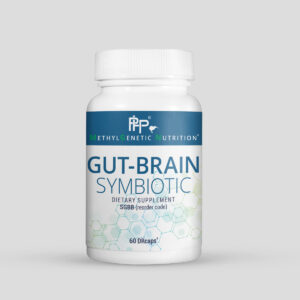Histamine Scavenger: Practitioner‑Formulated Histamine Support
Histamine Scavenger by Professional Health Products® is a practitioner-formulated supplement designed to help the body metabolize and clear excess histamine. It supports diamine oxidase (DAO) pathways and includes researched botanicals (e.g., quercetin, nettle, bromelain) that stabilize mast cells and promote a calm, comfortable response.*
Key Benefits
- Supports healthy histamine metabolism and DAO activity*
- Helps ease common symptoms associated with histamine intolerance (e.g., flushing, headaches, digestive discomfort)*
- Includes mast‑cell–supportive flavonoids and soothing GI botanicals*
- Pairs well with ABP1 Assist (DAO cofactor support) and Histamine Balancer Liquescence*
How It Works
Histamine is a biogenic amine involved in immune and inflammatory signaling. When histamine builds up faster than the body can break it down (often via the DAO enzyme), people may experience skin flushing, headaches, nasal/eye symptoms, or digestive upset. Evidence suggests selected polyphenols can stabilize mast cells (reducing histamine release), while GI‑soothing herbs support the barrier and comfort layer of the gut.1,2
Ingredient Highlights (science‑brief)
- Quercetin — Flavonoid shown to stabilize mast cells and inhibit histamine/cytokine release in human models.1
- Nettle Leaf (Urtica dioica) — In vitro data show antagonism at histamine receptors and inhibition of mast cell degranulation; clinical signals in seasonal allergy contexts have been explored.2,11
- Bromelain — Proteolytic enzyme investigated for inflammatory balance; often paired with quercetin in practice, with emerging pharmacokinetic and absorption considerations.4
- Pine Bark Extract — Rich in polyphenols (e.g., proanthocyanidins/anthocyanidins) with antioxidant and inflammation‑modulating properties.5
- Marshmallow Root — Mucilaginous herb traditionally used to soothe the GI lining.
- Aloe Vera — Demonstrated anti‑inflammatory actions in human colorectal mucosa in vitro and investigated in mild‑to‑moderate UC; supports GI comfort.6,7
- Licorice (DGL) / Isoliquiritigenin — Bioactive constituent with H2‑receptor antagonism demonstrated in preclinical models; broader anti‑inflammatory signaling reported.8,9
- Bitter Orange — Traditionally used for upper‑respiratory comfort; note that p‑synephrine has cardiovascular considerations—see cautions below and consult your practitioner.10
Who It May Help
Individuals with food/environmental triggers, histamine‑rich diets, or gut/immune imbalance who experience flushing, headaches, nasal/eye irritation, or post‑meal digestive discomfort may benefit from targeted histamine support. Talk with your practitioner if you also suspect gut barrier issues; gliadin‑related signaling (zonulin) has been linked with increased intestinal permeability in research settings.3,12
Suggested Use
Use as directed on label or by your healthcare practitioner. May be combined with ABP1 Assist (DAO cofactor/ABP1 support) and Histamine Balancer Liquescence for a comprehensive protocol.*
Quality & Fulfillment
- Practitioner‑grade product, stored and fulfilled from our tightly temperature‑ and humidity‑controlled clinical office (not a bulk warehouse).
- Privacy‑respecting store practices and fair pricing.
FAQs
What is histamine intolerance?
It’s when histamine accumulates faster than your body can break it down (often due to low DAO activity), leading to symptoms like flushing, headaches, congestion/itching, or digestive discomfort.
How does Histamine Scavenger work?
Can I combine it with other supplements?
Practitioners often pair it with ABP1 Assist for DAO cofactor support and may add Histamine Balancer Liquescence for broader immune modulation. Always follow professional guidance.
How soon might I notice effects?
Response varies. Some notice comfort benefits within days; others may take several weeks while dietary triggers and gut factors are addressed.
Are there cautions?
If pregnant/nursing, on medications, or with medical conditions, consult your practitioner before use. Bitter orange (p‑synephrine) may affect heart rate/blood pressure in some people; discontinue and seek professional advice if you experience adverse effects.10
*These statements are for educational purposes and not intended to diagnose, treat, cure, or prevent any disease. This content does not substitute for medical advice.
References
- Weng Z, et al. Quercetin vs. cromolyn in blocking human mast cell mediator release. PLoS One. 2012.
- Roschek B Jr, et al. Nettle extract affects receptors/enzymes in allergic rhinitis (in vitro). Phytother Res. 2009.
- Drago S, et al. Gliadin activates zonulin signaling → ↑ intestinal permeability. Scand J Gastroenterol. 2006.
- Solnier J, et al. Pharmacokinetics of different quercetin formulations (pilot). Nutrients. 2023.
- Protective effects of proanthocyanidins in gastric mucosa (polyphenols). J Nutr Sci Vitaminol. 2004.
- Langmead L, et al. Anti‑inflammatory effects of Aloe vera gel in human colorectal mucosa (in vitro). Aliment Pharmacol Ther. 2004.
- Langmead L, et al. Oral Aloe vera in mild‑to‑moderate UC: RCT. Aliment Pharmacol Ther. 2004.
- Kim DC, et al. Isoliquiritigenin is an H2 histamine receptor antagonist (preclinical). Biol Pharm Bull. 2006.
- Ramalingam M, et al. Pharmacological roles of liquiritigenin/isoliquiritigenin (review). Front Pharmacol. 2018.
- Koncz D, et al. Safety/efficacy of Citrus aurantium (p‑synephrine): systematic review. Int J Med Sci. 2022.
- Bakhshaee M, et al. Urtica dioica vs placebo in allergic rhinitis: RCT. Iran J Pharm Res. 2013.
- Lammers KM, et al. Gliadin induces MyD88‑dependent zonulin release → ↑ permeability. Gastroenterology. 2008.

